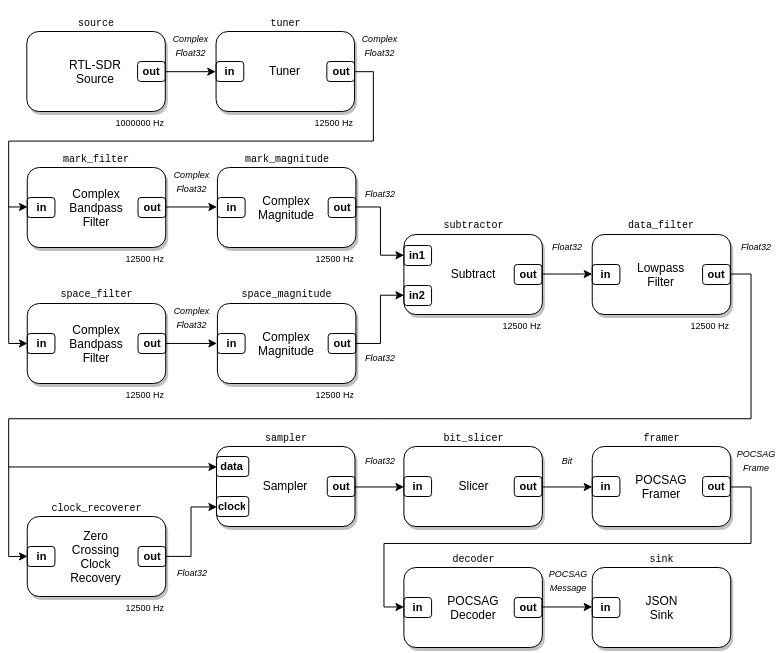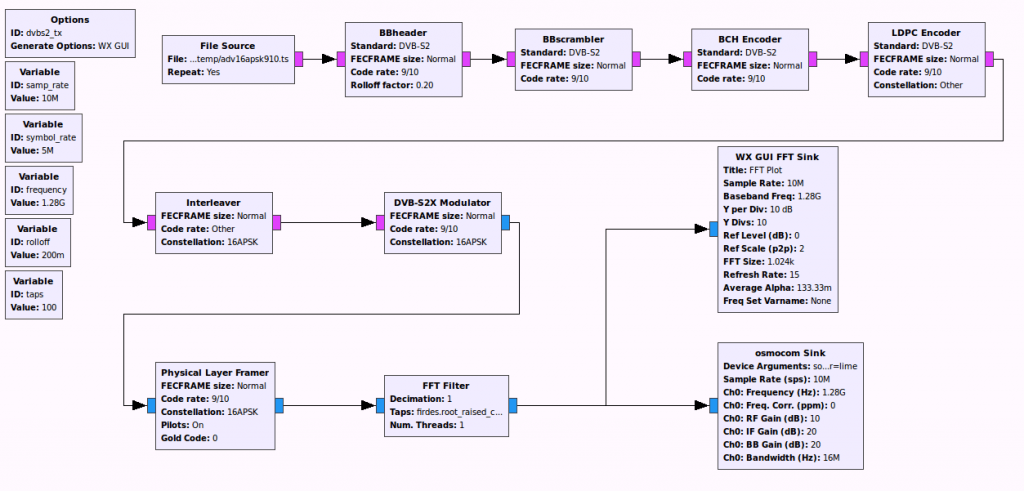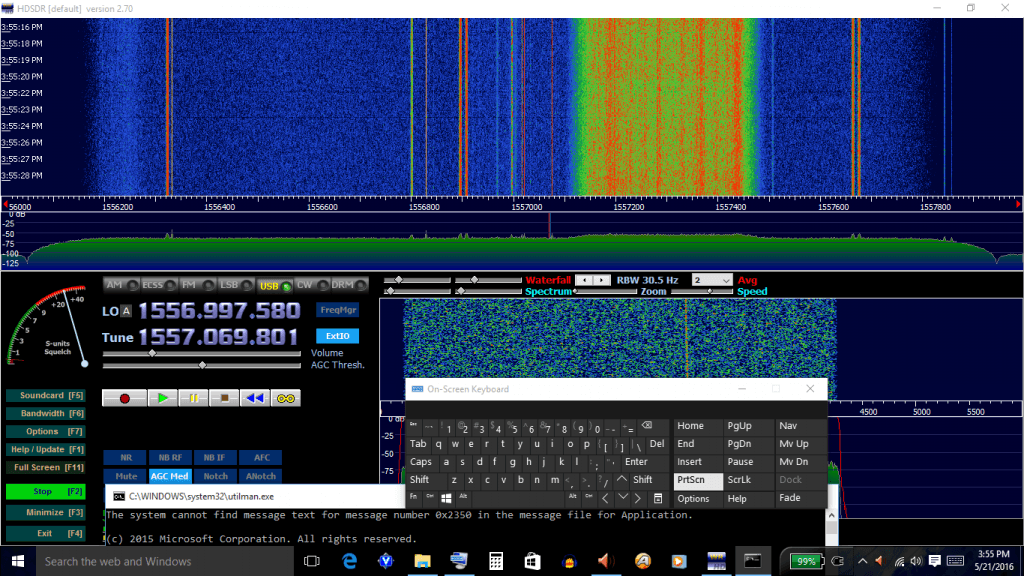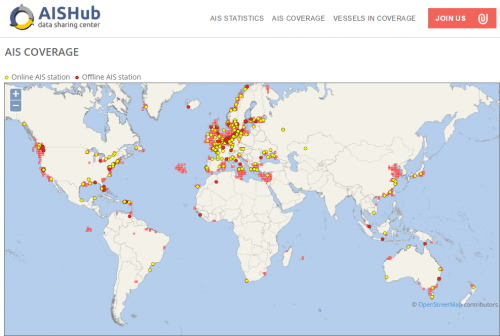Decoding a Garage Door Opener with an RTL-SDR
After listening to dock workers with his RTL-SDR for a few days, RTL-SDR.com reader Eoin decided that he wanted to try a more practical experiment. He decided to see if he could reverse engineering the wireless protocol on his garage door opener. Upon opening his remote he discovered a bunch of DIP switches, which are presumably used to program the remote to a particular garage door. Eoin’s next step was to determine at what frequency the garage door opener was transmitting at. He made an assumption that it would be in the 433 MHz unlicenced ISM band as this is where many handheld remotes transmit at. He was right, and found the signal.

His next step was then to record the signal audio in Audacity. From the audio waveform he could see a square wave which looked just like binary bits. By manually eyballing the waveform and translating the high/low squarewave into bits he was able to get the binary data. He then confirmed this data with the dipswitch positions and discovered that a 010 binary code matched with the UP position on the dip switch and 011 matched with the DOWN position.
Having decoded the signal manually fairly easily, Eoin decided his next challenge would be to automate the whole decoding in GNU Radio. In the end he was successful and managed to create a program that automatically determines the position of the DIP switches from the signal. His post goes into detail about his algorithm and GNU Radio program.




